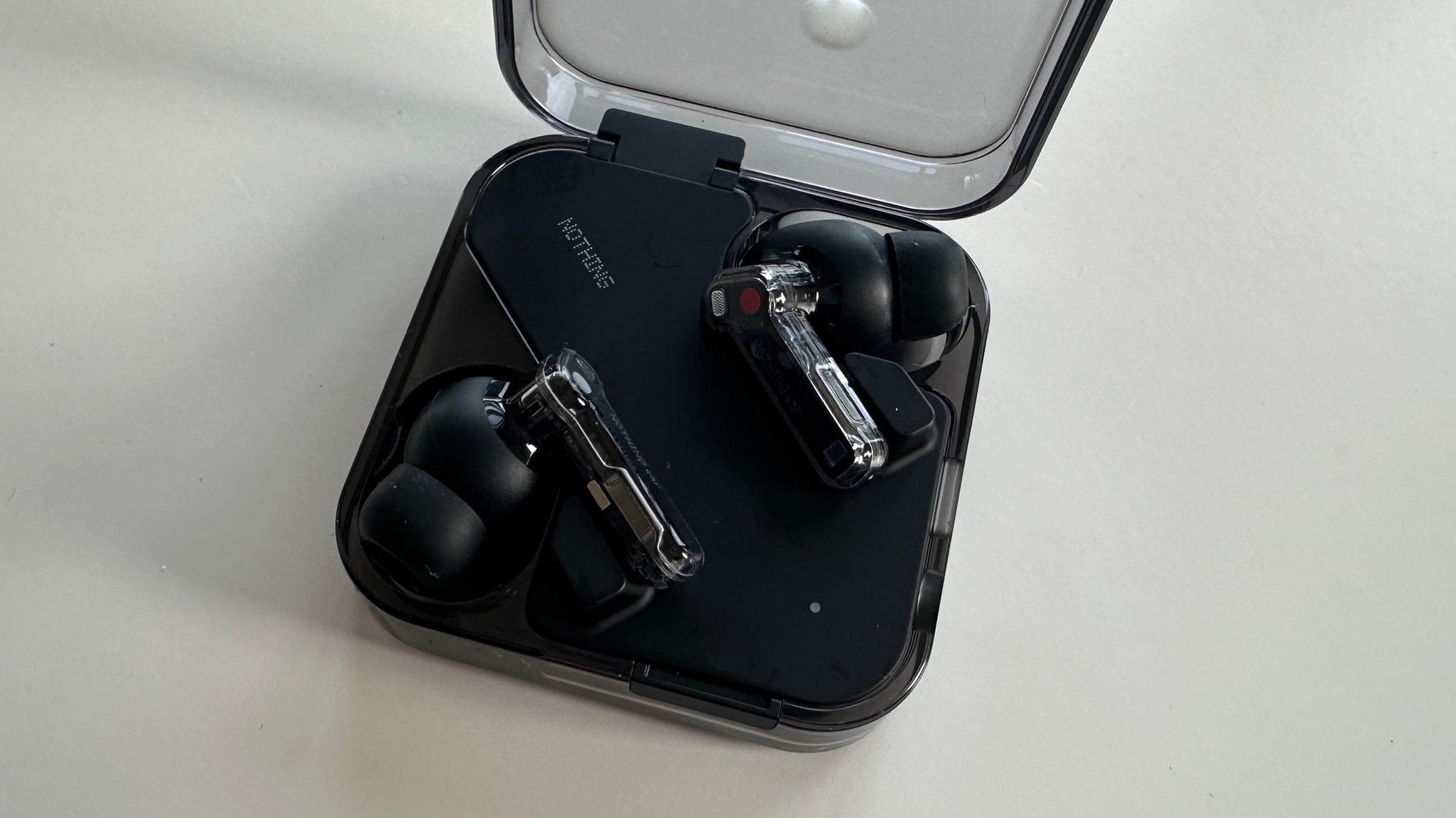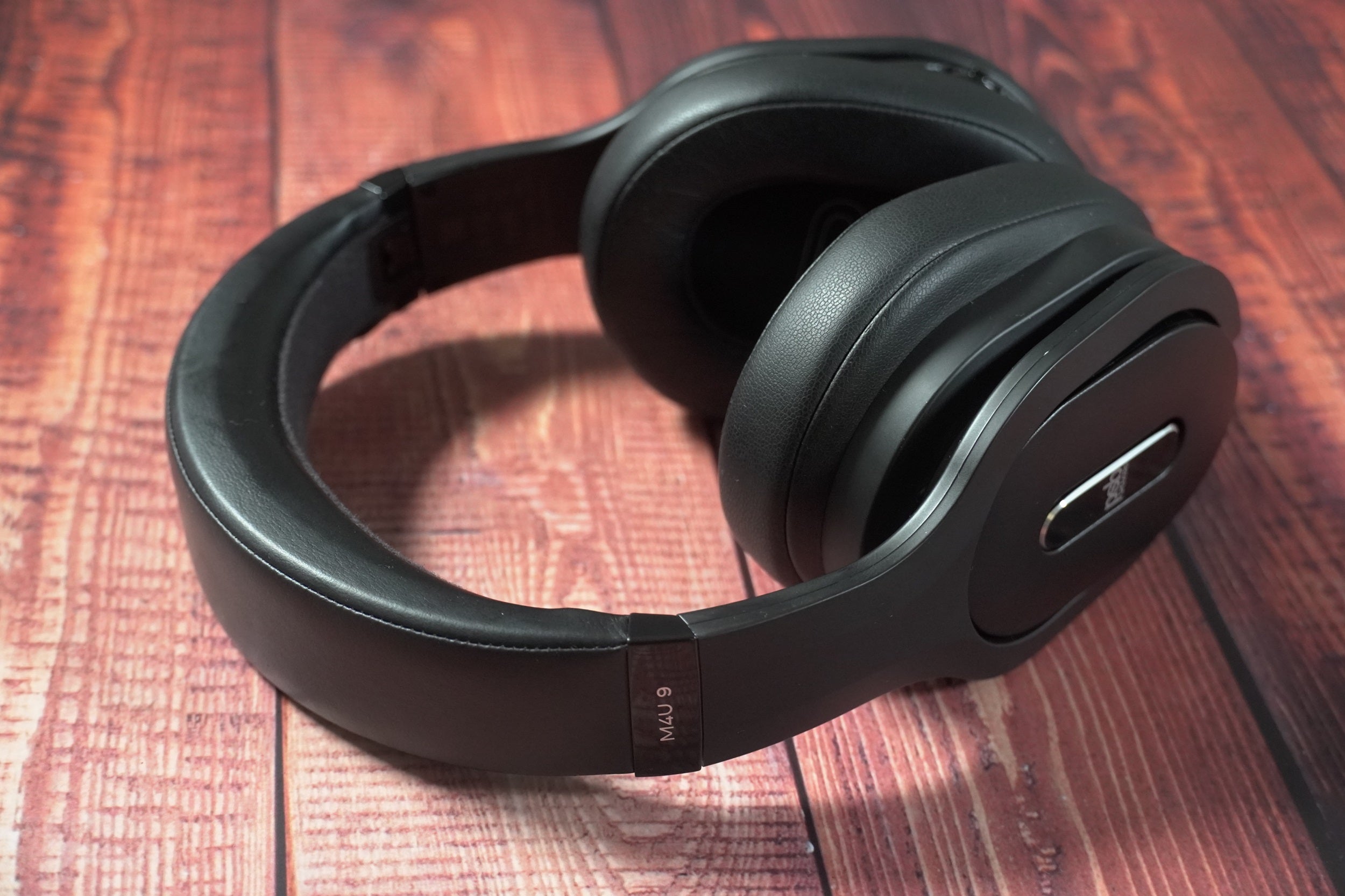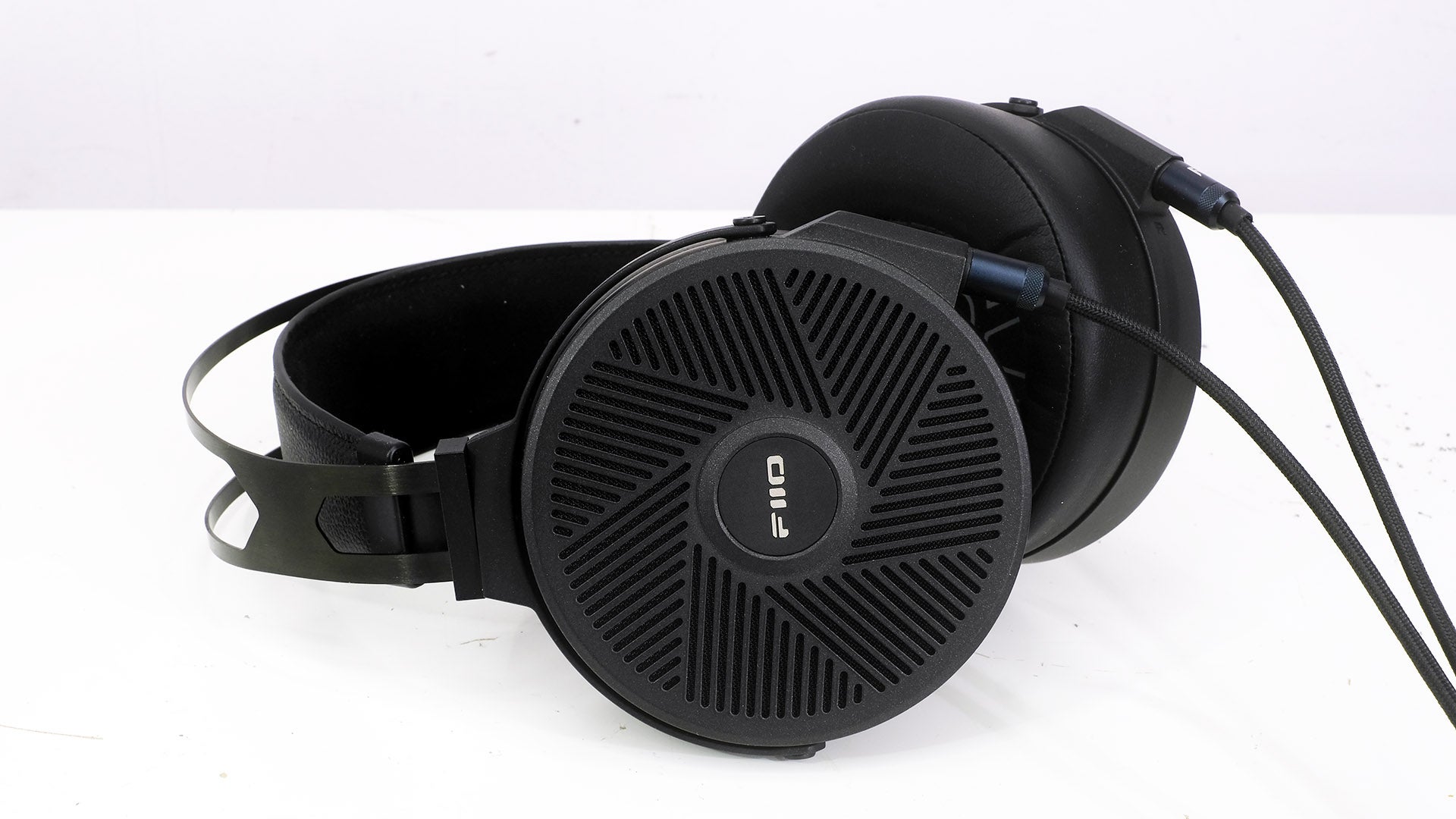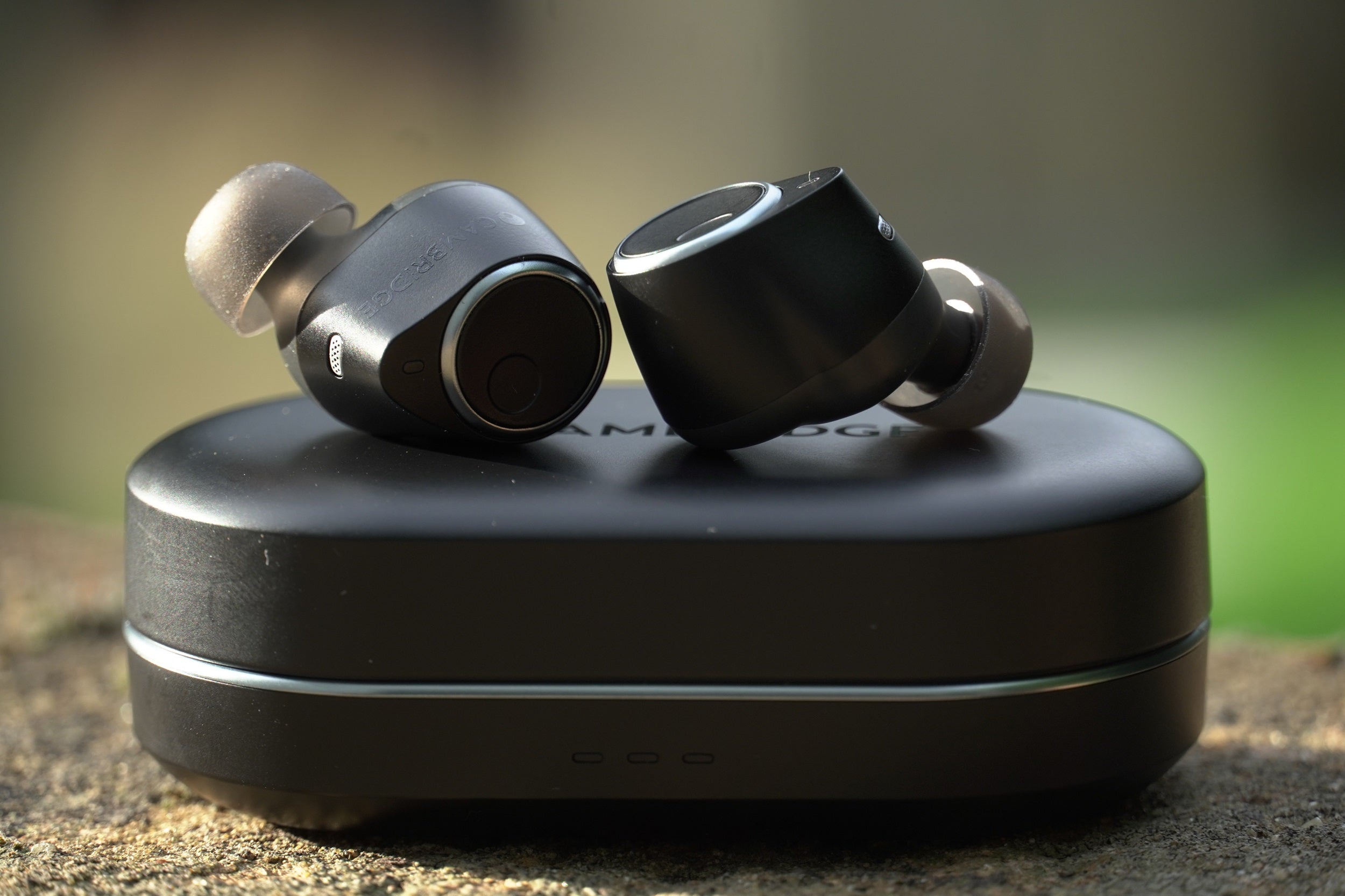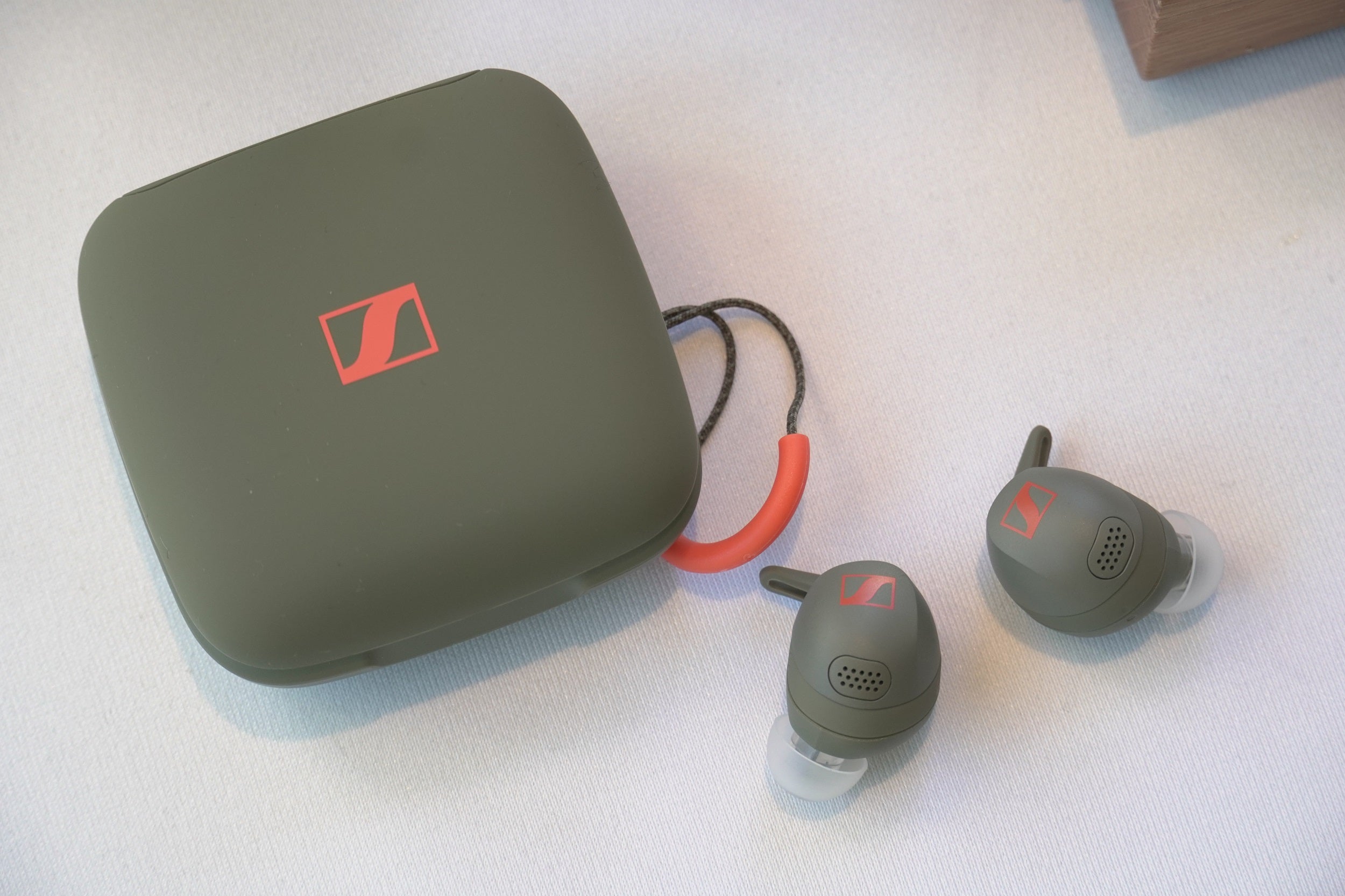Sivga P-II Review
A pair of planar magnetic headphones with a warm sound
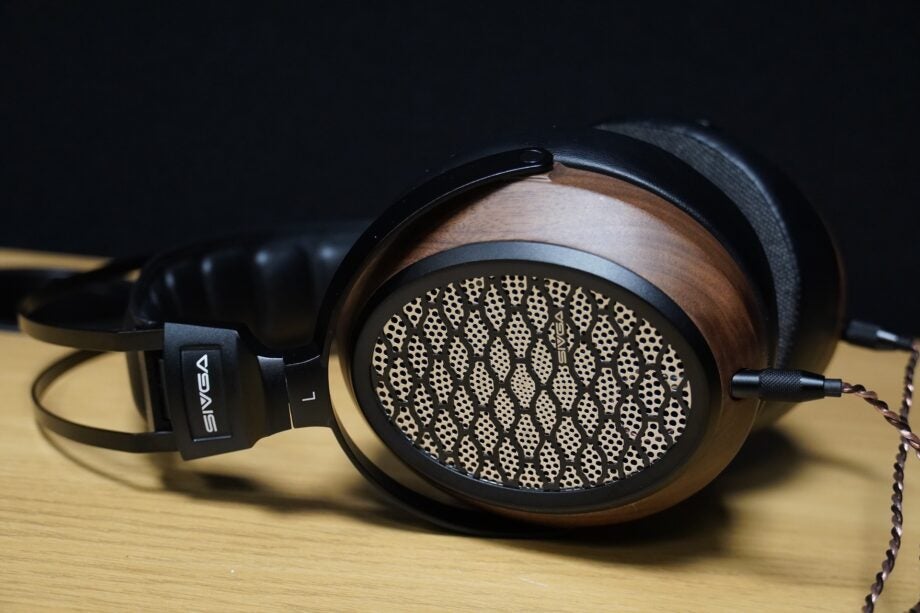

Verdict
The Sivga P-II are a pair of planar magnetic headphones with a warm sound. While they’re big and not particularly portable, they boast a sound signature that most will enjoy.
Pros
- Warm, pleasing sound
- Very comfortable to wear
- Affordable for a planar magnetic pair
Cons
- Open-backed design leaks sound
- Consider partnering them with a DAC
Availability
- UKRRP: £399
- USARRP: $399
- EuropeRRP: €419
- CanadaRRP: CA$529
- AustraliaRRP: AU$699
Key Features
- DriverFeatures a 97 x 76mm ultra-nano composite planar diaphragm unit
- 4.4mm to 3.5mm adapter1.6m cable comes with 4.4mm connector and 3.5mm adapter
Introduction
Recent years have seen an influx of Chinese audio brands looking to make their mark in western markets, a group referred to as Chi-Fi (Chinese Hi-Fi).
Sivga is one of those brands, and with its range of headphones, it’s looking to mix high-quality craftmanship, innovative design and, above all else, “perfect sound”. The P-IIs are the second set of headphones from the company we’ve looked at, a pair of open-backed, planar magnetic headphones that look to fuse all the ingredients mentioned above at a price that’s more than accommodating for those looking to trade up from budget wired headphones.
Design
- Big and comfortable earpads
- Slightly unusual looks
- Black walnut wood housing
There’s no getting past the fact that the P-II are a big pair of over-ear headphones; but with that in mind, it’s also fair to say that they’re a comfortable pair to wear.
Despite weighing a not-so-insignificant 420g – 10g less than the similarly priced Brainwavz Alara from 2019 – the adjustable headband (a combination of stainless steel and high protein leather) spreads the weight across the head well, while the grooved, indented ear cups apply pressure evenly across the contact area.
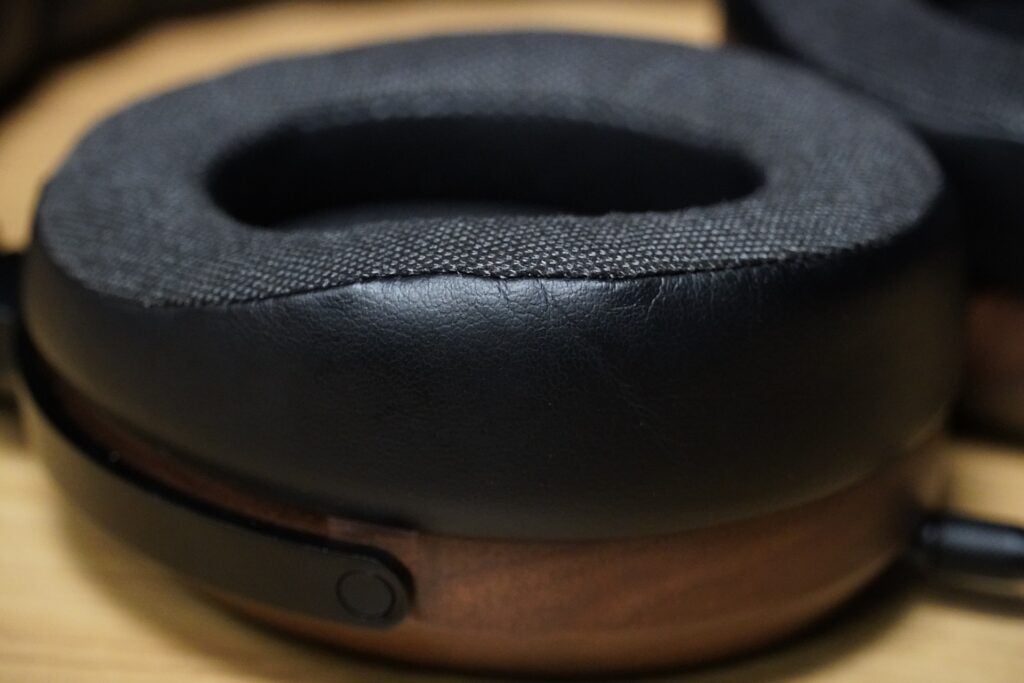
They warm up the ears slowly but not uncomfortably so, and the space for your ears is generously big – those with smaller ears may feel swamped – and ensures there’s no pinching against the earlobes or requirement to keep adjusting the fit. At least not at first: it took about 40 minutes for the first signs of a little cramp to appear.
The wood housing for the ear cups isn’t unusual for planar headphones, but there is a lot of it; the black walnut wood chosen for its acoustic properties. The metal mesh on the outer ear cup does feel like it clashes with the look of the wood, giving the P-II a slightly unusual aesthetic – but in a striking way, rather than one that’s off-putting. The ear cups can be rotated to fold flat, and there’s an odd-looking, fairly large carry case in which to stow them.
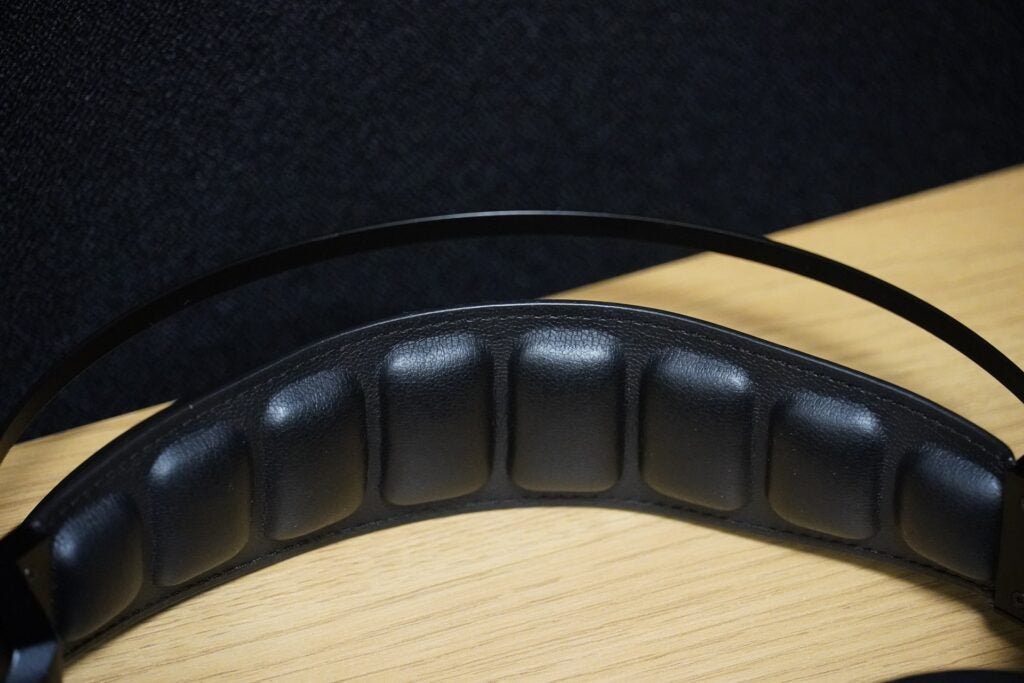
The open-backed design means sound filters through the membrane, so passers-by will likely get a sense of your musical tastes. Depending on whether you want anti-social looks fired at you, that may be a reason for or against buying these headphones.
Portability doesn’t appear to be a function for which the P-II were conceived – the size, weight and open-backed design count against them, as does the lack of any in-line buttons on the cable. Still, the Sivga P-II pass the muster in the areas that matter most.
Features
- Open-backed design
- 1.6m cable
- Planar magnetic drivers
Like the Robin SV021, there isn’t much ground to cover when it comes to features. You have the P-II’s use of an ultra-nano planar magnetic driver that measures 97 x 76mm, with acoustic holes punched into the structure to increase the flow of air through the drive unit to have the effect of a wide, natural and transparent soundstage.
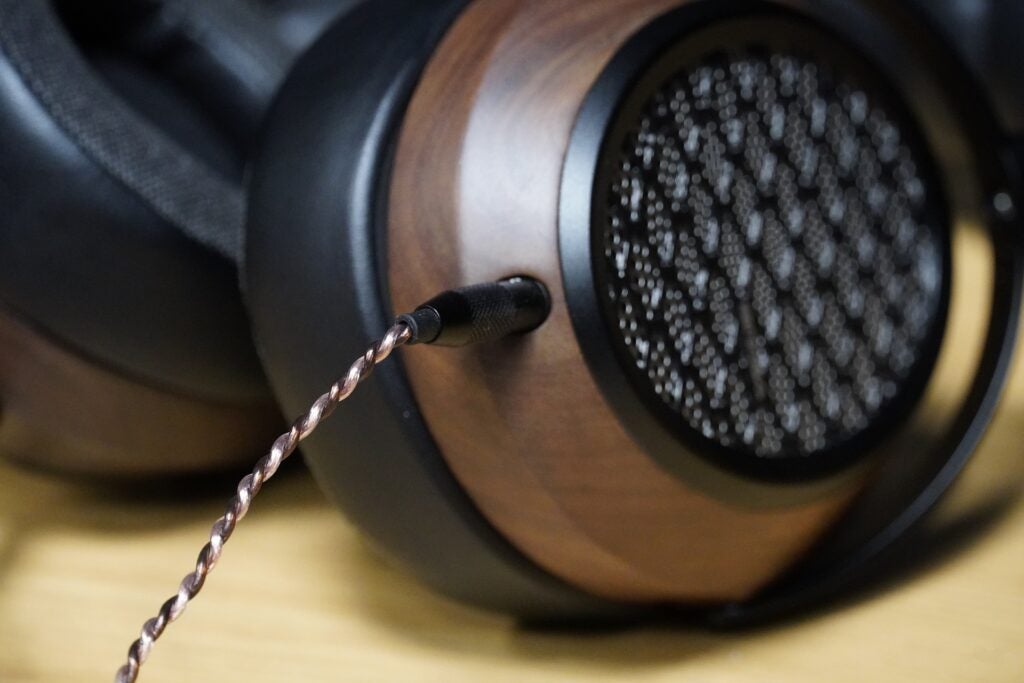
Impedance matches the SV01 at 32-ohms, inferring that these are headphones that don’t require much amplification to drive them (a Lenovo laptop and Astell & Kern music player have worked well), while the frequency range is claimed to be 20Hz to 40KHz, suggesting the P-II can describe those high-frequency notes without breaking stride.
The 1.6m braided cable features a 4.4mm balanced connector, but the headphones also come with 3.5mm adapter for more pint-sized (and common) connections. Made from a 6N single crystalline copper noise, Sivga claims that it doesn’t add any noise to the signal. It can become tangled rather easily, which is always a pain.
Sound quality
- Warm, pleasing sound
- Slightly relaxed high frequencies
- Disciplined bass
The use of the black walnut wood gives the Sivga P-IIs a slightly warm tone, which, if you’re a planar magnetic fan, may suggest that these aren’t the snappiest sounding headphones – and the P-IIs aren’t. But that warm colour does add something different to what I’d normally expect from planar magnetic headphones, which I find are usually a bit chilly and clinical in terms of tone. These headphones are not that.
They strike a good balance tonally; the soundstage is spacious, and they don’t hit you over the head with bass. Low frequencies are weighty but measured, and that helps make for a smooth listening experience. Up top, the high frequencies have a relaxed feel, which again paints a picture of headphones with an easy-going vibe.
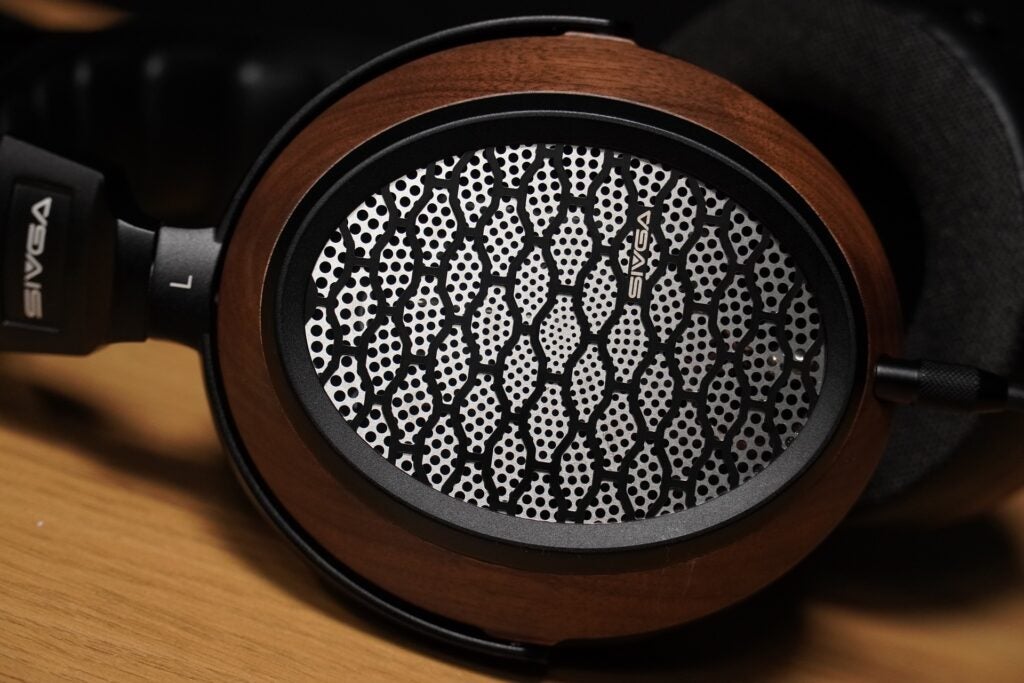
Those high-frequency notes could benefit from some more refinement, though. In Man or Beast from Nathan Johnson’s Nightmare Alley score, there’s a nice decay to the piano notes, which linger in the air after each note is played. However, there’s also a lack of clarity to them – definition of these notes sounds a little flabby with the Lenovo laptop I’m using, and listening to the track again with an Earmen Eagle DAC brings about a difference in portraying those notes with more nuance.
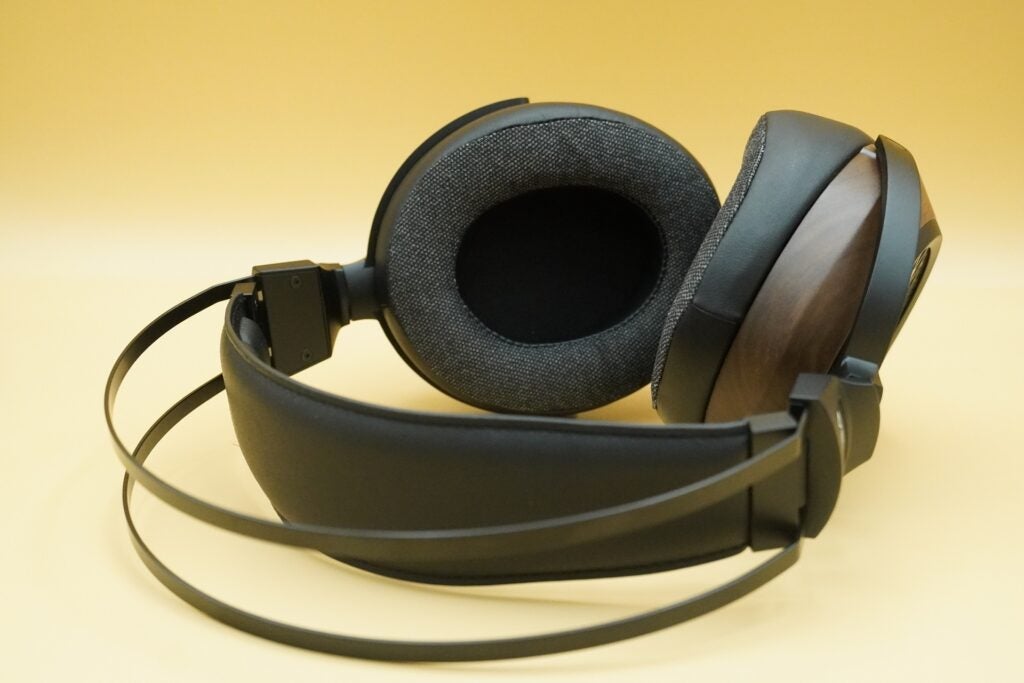
A listen to Jorja Smith’s Addicted (24-bit/44.1kHz) shows the Sivga headphones have a good feel for vocals, presented front and centre, and preserved with enough space to separate from the instruments and background beats. It’s a delivery that’s naturally smooth in tone, one that rings true for male vocals alike. This can be heard with Corey King’s voice in Takuya Kuroda’s Fade, the Sivga revealing detail alongside a warmth that avoids vocals sounding dry or clinical.
And they also boast a good turn when it comes to energy, the percussion in No Good Deed from the Spider-Man: No Way Home soundtrack drives the track forward with propulsion and weight. At their best there’s plenty of transparency and insight to their presentation – not class-leading, but these headphones entertain.
Latest deals
Should you buy it?
If you like a slightly warm, pleasant sound The P-II headphones have an easy-going, unhurried vibe about their sound that charms.
If you want more analysis and insight The Sivgas entertain but could benefit from more refinement (or being partnered with a DAC)
Final Thoughts
There weren’t many, if any, tracks that I didn’t get on with when listening through these headphones. While those of a more audiophile bent may feel that greater analysis and attack is needed, those more interested in a pleasing and relaxing listening experience will find plenty to like with regards to Sivga’s tuning.
How we test
We test every headphones we review thoroughly over an extended period of time. We use industry standard tests to compare features properly. We’ll always tell you what we find. We never, ever, accept money to review a product.
Find out more about how we test in our ethics policy.
Tested for a month
Tested with a variety of content and audio formats
FAQs
The P-II only come with a 4.4mm connector with a 3.5mm adapter for laptops, smartphones and other similar devices.

